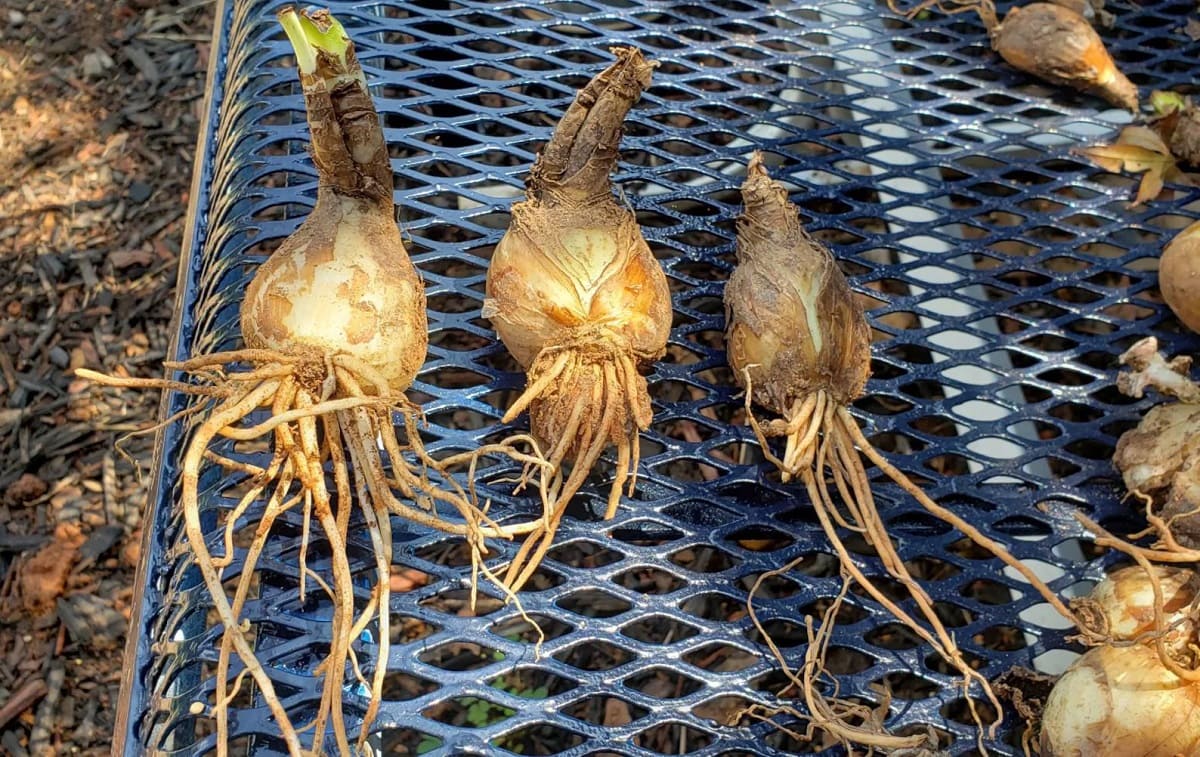

Articles
How To Store Spider Lily Bulbs
Modified: October 28, 2024
Learn the best methods for storing spider lily bulbs in this informative article. Find out how to properly prepare and preserve your bulbs to ensure their vitality and longevity.
(Many of the links in this article redirect to a specific reviewed product. Your purchase of these products through affiliate links helps to generate commission for Storables.com, at no extra cost. Learn more)
Introduction
Welcome to our comprehensive guide on how to store spider lily bulbs! Spider lilies (Hymenocallis) are beautiful flowering plants that are known for their unique spider-like flowers and lush green foliage. These bulbs are relatively easy to care for and can thrive both indoors and outdoors. However, there may come a time when you need to store your spider lily bulbs, whether it’s due to seasonal changes or simply to preserve them for future planting.
Properly storing spider lily bulbs is essential to ensure their survival and maintain their health. Whether you have just purchased spider lily bulbs from a local nursery or you are looking to store bulbs from your own garden for the next growing season, this article will provide you with step-by-step instructions on how to store them effectively.
In this guide, we will explore the process of storing spider lily bulbs, including how to choose the right bulbs, preparing them for storage, selecting the ideal storage location, and the different methods you can use to store them. Whether you prefer to store your spider lily bulbs in containers or in the ground, we have you covered with practical tips and advice.
Additionally, we will discuss the importance of checking on your stored bulbs regularly to ensure they remain in good condition and offer some helpful tips for long-term storage. By following these guidelines, you can keep your spider lily bulbs healthy and ready for future planting.
So, if you’re ready to learn how to properly store your spider lily bulbs and ensure their long-term survival, let’s dive into the fascinating world of bulb storage!
Key Takeaways:
- Properly storing spider lily bulbs is essential for their long-term survival and future blooming. From choosing the right bulbs to preparing them for storage and selecting the ideal storage location, each step plays a crucial role in maintaining their health.
- Regularly checking on stored bulbs, monitoring moisture levels, preventing temperature extremes, and planning for the upcoming planting season are key factors in maximizing the success of stored spider lily bulbs. With proper care and attention, vibrant blooms await in the future.
Read more: How To Store Lily Bulbs
Understanding Spider Lily Bulbs
Before delving into the storage process, it’s important to have a good understanding of spider lily bulbs and their unique characteristics. Spider lily bulbs are perennial plants that belong to the Hymenocallis genus, which includes many different species and varieties. These bulbs are native to tropical and subtropical regions and are known for their beautiful, spider-like flowers that bloom in shades of white, yellow, or green.
Spider lily bulbs consist of a basal plate, which is the bottom part of the bulb that anchors it in the soil, and a slender stem that emerges from the center. The stem produces long, strap-shaped leaves and eventually develops into flower stalks that bear clusters of stunning blossoms. These plants are typically grown for their attractive flowers and make a great addition to gardens, borders, or containers.
When it comes to storage, spider lily bulbs have specific requirements to ensure their health and vitality. These bulbs are generally sensitive to extreme cold temperatures and excess moisture, so proper storage conditions are essential for their survival. By understanding the characteristics of spider lily bulbs, you can better determine the ideal storage environment and ensure their successful storage and future growth.
It’s worth noting that spider lily bulbs can differ in their storage requirements depending on the specific species and variety. Some spider lilies are more cold-hardy, while others are more sensitive to cold temperatures. Therefore, it’s essential to research the specific needs of the spider lily bulbs you are storing, as this will help you determine the most suitable method and conditions for their storage.
Now that you have an understanding of spider lily bulbs and their unique characteristics, it’s time to move on to the next step: choosing the right bulbs for storage.
Choosing the Right Bulbs
When it comes to storing spider lily bulbs, selecting the right bulbs is crucial. By choosing healthy and high-quality bulbs, you increase the chances of successful storage and future growth. Here are some tips on how to choose the right bulbs for storage:
- Inspect for quality: Look for bulbs that are firm, plump, and free from blemishes or soft spots. Avoid bulbs that show signs of disease or damage, such as mold, rot, or brown spots.
- Select mature bulbs: Opt for mature bulbs that have already gone through their natural growth cycle. These bulbs have had sufficient time to develop and store energy, which will help them survive the storage period and promote healthy growth when planted.
- Consider bulb size: Smaller bulbs tend to be less mature and may take longer to bloom when planted. Choose medium to larger-sized bulbs for optimal storage and future growth.
- Choose disease-free bulbs: Spider lily bulbs are prone to certain diseases and pests. Look for bulbs that are certified disease-free or show no signs of infestation or damage caused by insects or other pests.
- Consider the desired bloom time: If you have specific timing preferences for the bloom of your spider lilies, choose bulbs accordingly. Some varieties may bloom earlier or later in the season, so select bulbs that align with your desired flowering time.
It’s worth mentioning that you can also store bulbs that you have previously grown and harvested from your own spider lilies. However, be sure to inspect them thoroughly for signs of damage, disease, or infestation before storing them. Discard any bulbs that are not in optimal condition, as they may affect the health of the stored bulbs or spread diseases.
By following these guidelines, you can ensure that you choose the right spider lily bulbs for storage. Remember, healthy bulbs lead to successful storage and vibrant blooms in the future!
Preparing the Bulbs for Storage
Before you store your spider lily bulbs, it’s essential to prepare them properly to maximize their chances of survival and maintain their health. Here are the steps to follow when preparing your bulbs for storage:
- Clean the bulbs: Start by gently removing any excess soil or debris from the bulbs. You can do this by carefully brushing off loose soil or using a soft cloth to wipe away any dirt. Avoid washing the bulbs or exposing them to excessive moisture, as this can increase the risk of rot or fungal growth.
- Trim the foliage: Spider lilies typically have long strap-shaped leaves that may still be attached to the bulb. Trim the foliage down to a few inches above the bulb but be careful not to cut too close to the bulb itself. This helps minimize moisture loss and reduces the risk of fungal diseases during storage.
- Cure the bulbs: Some gardeners recommend air-drying the bulbs for a few days before storing them. This allows any wounds or cuts on the bulbs to heal and prevents moisture buildup. Place the bulbs in a well-ventilated area away from direct sunlight and let them dry for about a week.
- Inspect for damage or disease: Take this opportunity to inspect the bulbs once again for any signs of damage, disease, or pests. Discard any bulbs that show signs of rot, mold, or infestation, as they can potentially spread to the stored bulbs and cause further damage.
- Label the bulbs: To avoid confusion and ensure proper identification, label each bulb or group of bulbs with the specific variety or species. This will be helpful when it’s time to plant them or if you have multiple types of spider lilies in your collection.
By following these preparation steps, you are setting your spider lily bulbs up for successful storage. Properly cleaned, trimmed, and inspected bulbs are less prone to diseases or rot during the storage period. Remember to handle the bulbs with care to avoid any unnecessary damage or bruising.
Now that your spider lily bulbs are prepared, it’s time to find the ideal storage location.
Selecting the Ideal Storage Location
Selecting the right storage location for your spider lily bulbs is essential to ensure their long-term survival. The ideal storage environment should provide the necessary conditions for the bulbs to remain dormant, cool, and dry. Here are some factors to consider when choosing the storage location:
- Temperature: Spider lily bulbs generally require cool temperatures during storage. Aim for a storage location with a temperature range between 50°F (10°C) and 60°F (15°C). Avoid extreme temperature fluctuations or storing the bulbs in areas that experience extreme heat or freezing conditions.
- Humidity: It’s crucial to store spider lily bulbs in a dry environment to prevent rot or fungal growth. Low humidity levels are preferable, so avoid storing the bulbs in damp basements or areas prone to high moisture.
- Light exposure: Spider lily bulbs should be stored in a dark location to maintain their dormancy. Exposure to light can prematurely activate the bulbs and disrupt their natural cycles. Choose a storage area that is shielded from sunlight and has minimal light exposure.
- Air circulation: Good air circulation is important to prevent the build-up of excess moisture and reduce the risk of fungal diseases. Avoid storing bulbs in sealed containers or cramped spaces. Instead, opt for an area with adequate ventilation or consider using mesh bags to allow for airflow.
- Pest control: Take precautions to protect your stored bulbs from pests. Critters such as mice or insects may be attracted to the bulbs, so choose a storage location that is secure and inaccessible to these pests.
Based on these considerations, some suitable storage locations for spider lily bulbs include a cool basement, a ventilated garage, or a dedicated storage shed. Make sure the chosen location meets the temperature, humidity, and light exposure requirements mentioned above.
Whether you decide to store your spider lily bulbs in containers or in the ground, it’s important to ensure that the storage environment aligns with the ideal conditions. Now, let’s explore the two main methods for storing spider lily bulbs.
After the spider lily bulbs have finished flowering, dig them up and allow them to dry out for a few days. Store them in a cool, dry place until the next planting season.
Read more: How To Store Easter Lily Bulbs
Storing Spider Lily Bulbs in Containers
Storing spider lily bulbs in containers is a popular method that offers convenience and flexibility. Here’s a step-by-step guide on how to store spider lily bulbs in containers:
- Select the right containers: Choose containers that are clean, dry, and have drainage holes at the bottom. This will ensure that any excess moisture can drain out and prevent the bulbs from sitting in water.
- Add a suitable growing medium: Fill the containers with a well-draining growing medium, such as a mixture of potting soil and perlite or sand. Avoid heavy or moisture-retaining soils, as they can lead to bulb rot during storage.
- Place the bulbs: Gently place the spider lily bulbs on top of the growing medium, making sure they have enough space between them. Avoid overcrowding, as this can increase the risk of disease or rot. The bulbs should be partially buried but not completely covered by the growing medium.
- Label the containers: Label each container with the variety or species of spider lilies it contains. This will make it easier to identify and retrieve specific bulbs when needed.
- Store in a cool, dark location: Place the containers in a cool and dark storage area, such as a basement or a shed. Ensure that the temperature and humidity levels are within the recommended range. Regularly check on the bulbs to ensure they are not experiencing any adverse conditions or signs of damage.
- Monitor moisture levels: While spider lily bulbs require dry conditions, it’s important to make sure the growing medium doesn’t completely dry out. Check the moisture levels periodically and water the bulbs lightly if the growing medium feels excessively dry. Aim for a slightly moist but not saturated environment.
Storing spider lily bulbs in containers allows for easy monitoring and access when it’s time to plant them. By following these guidelines, you can ensure that your bulbs remain in good condition and are ready for planting once the storage period is over.
Next, let’s explore an alternative method: storing spider lily bulbs directly in the ground.
Storing Spider Lily Bulbs in the Ground
Storing spider lily bulbs directly in the ground is another viable option, especially for gardeners who have limited container space or prefer a more natural storage method. Here’s how you can store spider lily bulbs in the ground:
- Choose a suitable location: Select a well-drained area in your garden or yard for storing the bulbs. Make sure the soil is not prone to waterlogging or excessive moisture, as this can cause the bulbs to rot.
- Prepare the soil: Remove any weeds or debris from the chosen area and loosen the soil to promote good drainage. You can amend the soil with organic matter, such as compost or well-rotted manure, to improve its structure and fertility.
- Plant the bulbs: Dig holes in the prepared soil, spacing them about 4-6 inches apart. Gently place the spider lily bulbs in the holes, making sure they are partially buried but not completely covered. Press the soil around the bulbs to secure them in place.
- Protect the bulbs: Cover the planted bulbs with a layer of mulch, such as straw or wood chips, to insulate them and protect them from extreme temperature fluctuations. The mulch will help maintain a more stable temperature and prevent sudden freezes or overheating.
- Mark the area: Place markers or labels near the stored bulbs to indicate their location. This will help you find and identify them easily when the time comes to retrieve and replant them.
- Monitor moisture levels: While the bulbs are in storage, it’s important to monitor the moisture levels in the soil. Water the bulbs lightly if the soil becomes overly dry. Aim for a slight moisture level to keep the bulbs hydrated but not saturated.
Storing spider lily bulbs in the ground allows them to benefit from the natural insulation and protection provided by the soil. However, it’s important to choose a location with the right soil conditions and ensure that the bulbs are adequately maintained and monitored throughout the storage period.
Whether you choose to store your spider lily bulbs in containers or in the ground, remember to check on them periodically and make adjustments as needed. Regular monitoring will help ensure the bulbs remain in good condition and are ready for replanting when the time comes.
Now that you know how to store your spider lily bulbs, let’s discuss the importance of checking on stored bulbs regularly.
Checking on Stored Bulbs Regularly
Regularly checking on your stored spider lily bulbs is crucial for their well-being and long-term survival. By inspecting the bulbs periodically, you can detect any signs of damage, disease, or unfavorable conditions and take appropriate measures to address them. Here are some key reasons why checking on stored bulbs is important:
- Monitor for rot or disease: Bulbs can be susceptible to rot or fungal diseases, especially if stored in conditions with excessive moisture or inadequate ventilation. Regular inspections allow you to identify any signs of rot, mold, or disease and take immediate action to prevent further spread. Remove any affected bulbs promptly to prevent the disease from spreading to healthy ones.
- Adjust moisture levels: It’s important to maintain the right moisture levels during the storage period. Regularly check the soil or growing medium for moisture content. If the soil feels excessively dry, lightly water the bulbs to ensure they remain hydrated. On the other hand, if the storage environment is too humid or wet, take measures to improve ventilation and drainage to prevent bulb rot.
- Inspect for pests: Pests such as mice, insects, or slugs can find their way to the stored bulbs and cause damage. Regular inspections allow you to spot any signs of pest infestation and take appropriate measures to protect the bulbs. Consider using natural deterrents or traps to keep pests at bay.
- Prevent temperature extremes: Fluctuating temperatures or exposure to extreme heat or cold can be detrimental to the stored spider lily bulbs. Regularly monitoring the storage environment allows you to make adjustments if necessary. For example, you may need to move the containers or provide additional insulation during periods of extreme weather.
- Plan for planting: Checking on stored bulbs regularly also helps you plan for the upcoming planting season. Evaluate the condition and readiness of the bulbs to determine the optimal time for replanting. Healthy, firm bulbs are more likely to thrive once planted and produce vigorous growth and blooms.
Make it a habit to check on your stored spider lily bulbs at least once a month, or more frequently if conditions or weather patterns are changing. This regular monitoring will help ensure the bulbs remain in good condition and are ready for successful planting when the time comes.
Now that you understand the importance of checking on stored bulbs, let’s explore some useful tips for long-term bulb storage.
Tips for Long-Term Bulb Storage
To optimize the storage of your spider lily bulbs and increase their chances of long-term survival, consider implementing these helpful tips:
- Keep bulbs separate: Store spider lily bulbs separately from other bulb types to avoid cross-contamination or the spread of diseases.
- Label and organize: Label each container or storage location with specific details, such as the bulb variety or planting date. This will help you keep track of stored bulbs and make it easier to retrieve them when needed.
- Avoid extreme temperatures: Ensure that the storage location remains within the recommended temperature range. Extreme heat or cold can damage the bulbs and hinder their future growth.
- Check for signs of sprouting: Occasionally check the bulbs for signs of sprouting or growth. If you notice any, it may be an indication of inadequate storage conditions. Take corrective measures promptly to prevent further development.
- Address bulb damage promptly: If you come across any damaged bulbs during your inspections, handle them promptly. Cut off any rotten or infected parts and dust the remaining bulb with fungicide to prevent the spread of disease.
- Consider periodic rotation: If you are storing bulbs in containers, consider rotating the containers periodically. This helps ensure even exposure to light and promotes uniform growth when the bulbs are replanted.
- Regularly clean and sanitize containers: If you are reusing containers for bulb storage, make sure to clean and sanitize them thoroughly before each use. This helps minimize the risk of disease transmission and ensures a healthy storage environment.
- Inspect bulbs before planting: Before replanting stored spider lily bulbs, examine them carefully for any signs of damage or disease. Discard any bulbs that are mushy, discolored, or show signs of pest infestation. Only use healthy bulbs to ensure successful growth and blooming.
Implementing these tips will help you maintain the quality of your stored spider lily bulbs and increase their chances of thriving once planted. With proper storage and care, your spider lilies will continue to bring beauty to your garden year after year.
Now that you’re armed with these valuable tips, you’re ready to store your spider lily bulbs like a pro! By providing the right storage conditions, regularly checking on the bulbs, and following best practices, you can ensure their long-term success and enjoy their stunning blooms for seasons to come.
Happy storing and happy gardening!
Read more: How To Store Calla Lily Bulbs
Conclusion
Properly storing spider lily bulbs is crucial for their long-term survival and future blooming. By following the steps outlined in this guide, you can ensure that your spider lily bulbs remain healthy and vibrant during the storage period. From understanding the unique characteristics of spider lily bulbs to choosing the right bulbs, preparing them for storage, selecting the ideal storage location, and utilizing either container or ground storage methods, each step plays a vital role in maintaining the bulbs’ health.
Regularly checking on your stored bulbs is essential to monitor their condition, address any potential issues, and make adjustments as needed. By maintaining the right moisture levels, protecting the bulbs from pests, preventing temperature extremes, and planning for the upcoming planting season, you can maximize the success of your stored bulbs and pave the way for beautiful blooms in the future.
Remember to label your stored bulbs for easy identification and organization. Utilize the tips for long-term bulb storage to optimize their chances of survival and growth. With proper care and attention, your spider lilies will reward you with their stunning flowers and elegant foliage year after year.
So, whether you’re storing spider lily bulbs to protect them from seasonal changes or simply preserving them for future planting, take the time to provide them with the optimal storage conditions. With the knowledge gained from this comprehensive guide, you have the tools to store your spider lily bulbs like a pro.
Now, it’s time to start your bulb storage journey and look forward to the beautiful, vibrant blooms that await you in the coming seasons. Happy storing and happy gardening!
Frequently Asked Questions about How To Store Spider Lily Bulbs
Was this page helpful?
At Storables.com, we guarantee accurate and reliable information. Our content, validated by Expert Board Contributors, is crafted following stringent Editorial Policies. We're committed to providing you with well-researched, expert-backed insights for all your informational needs.
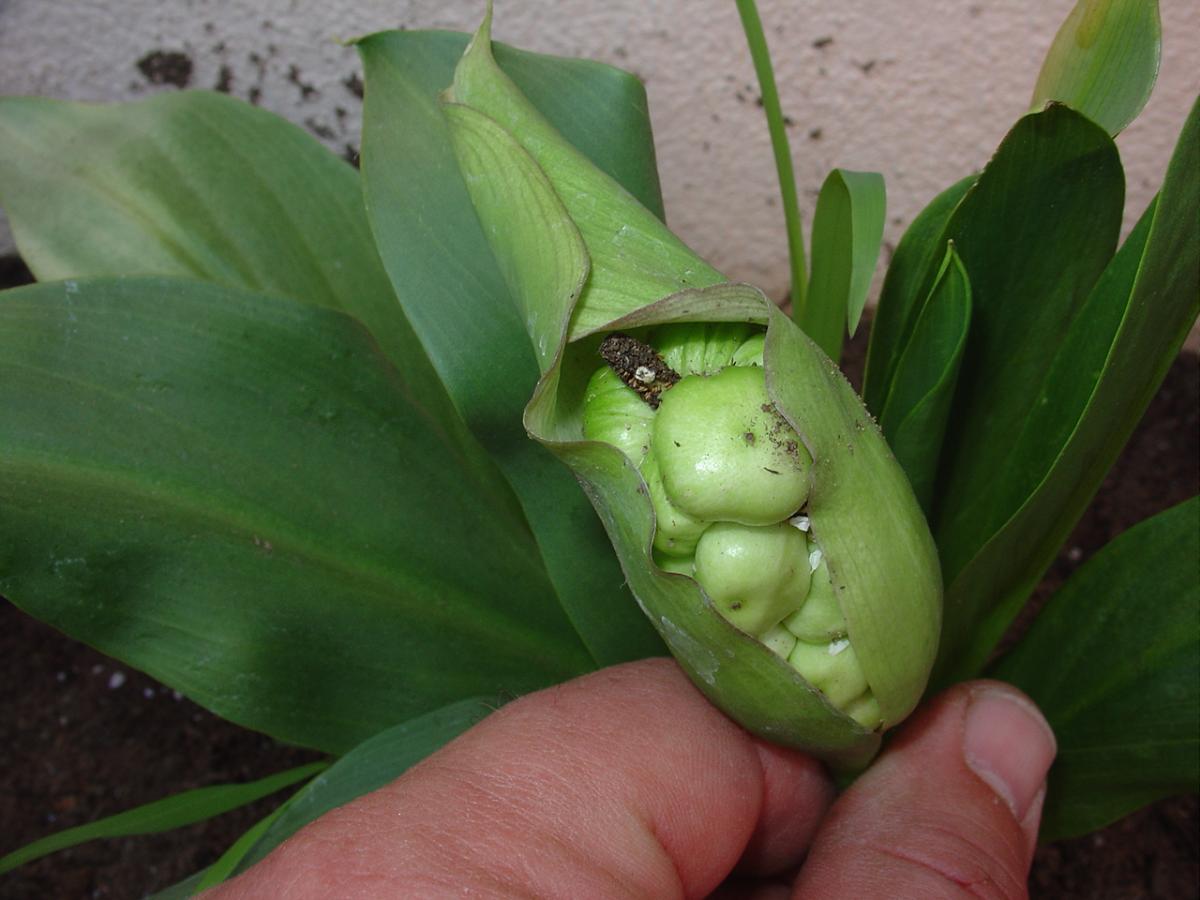

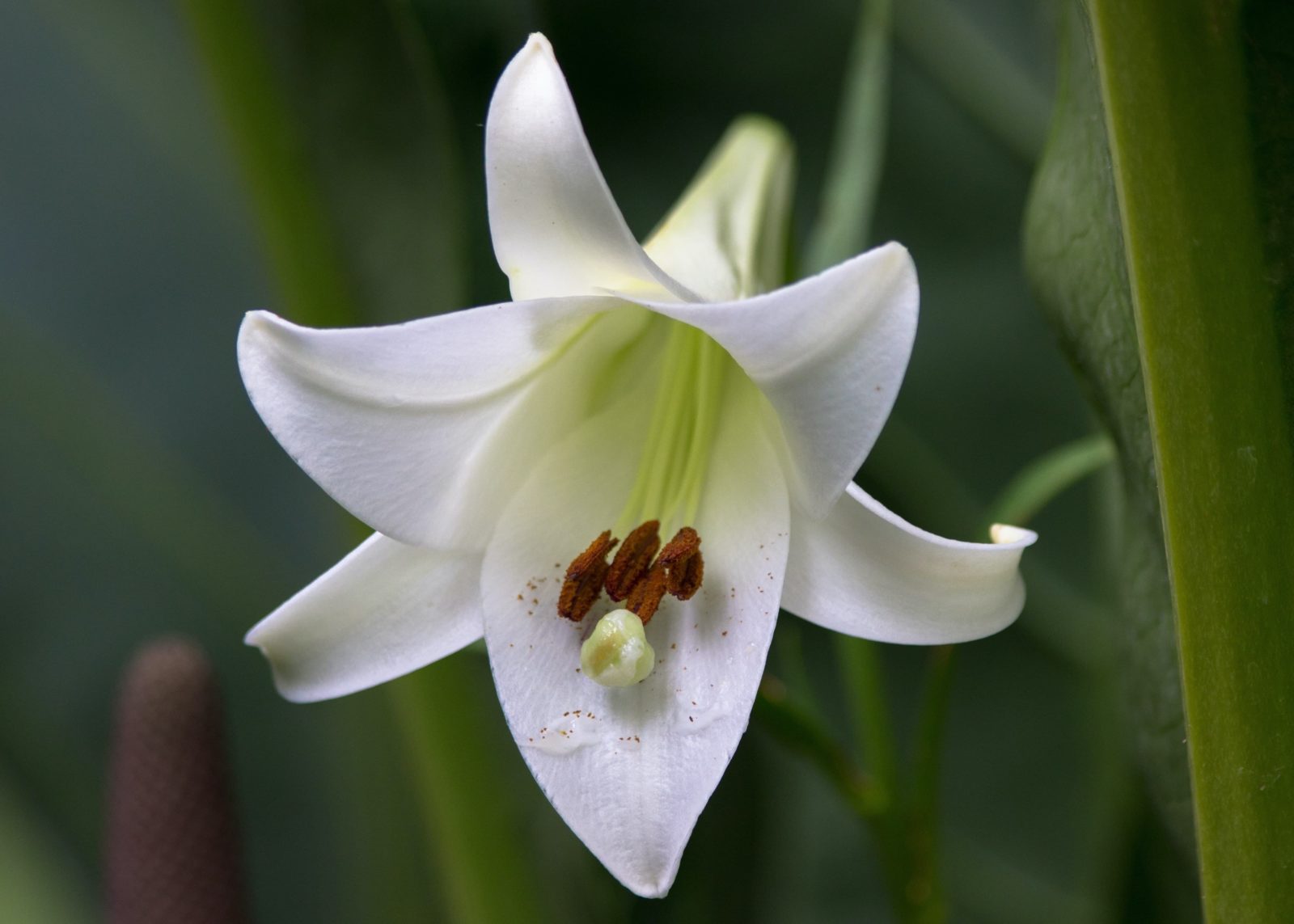
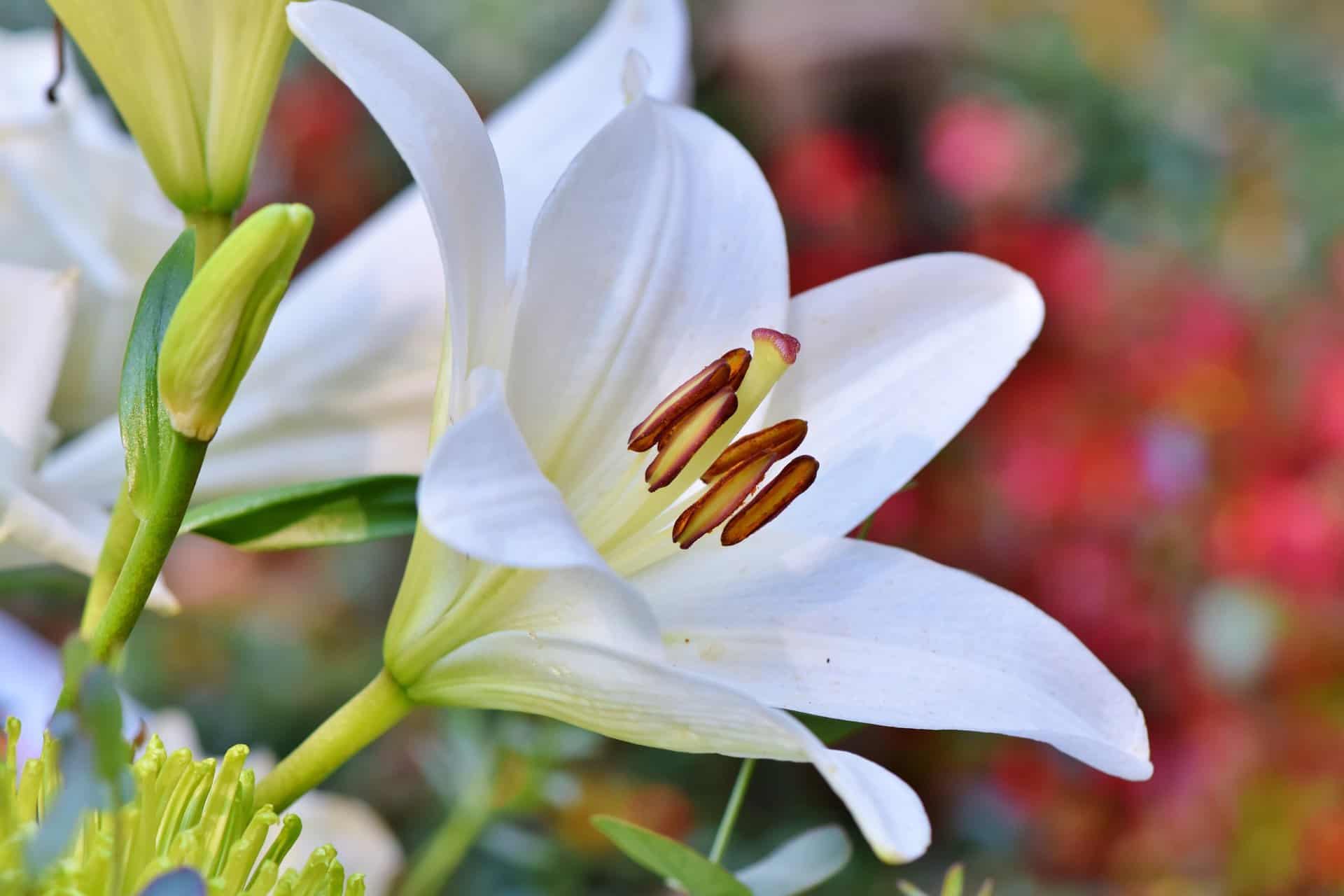
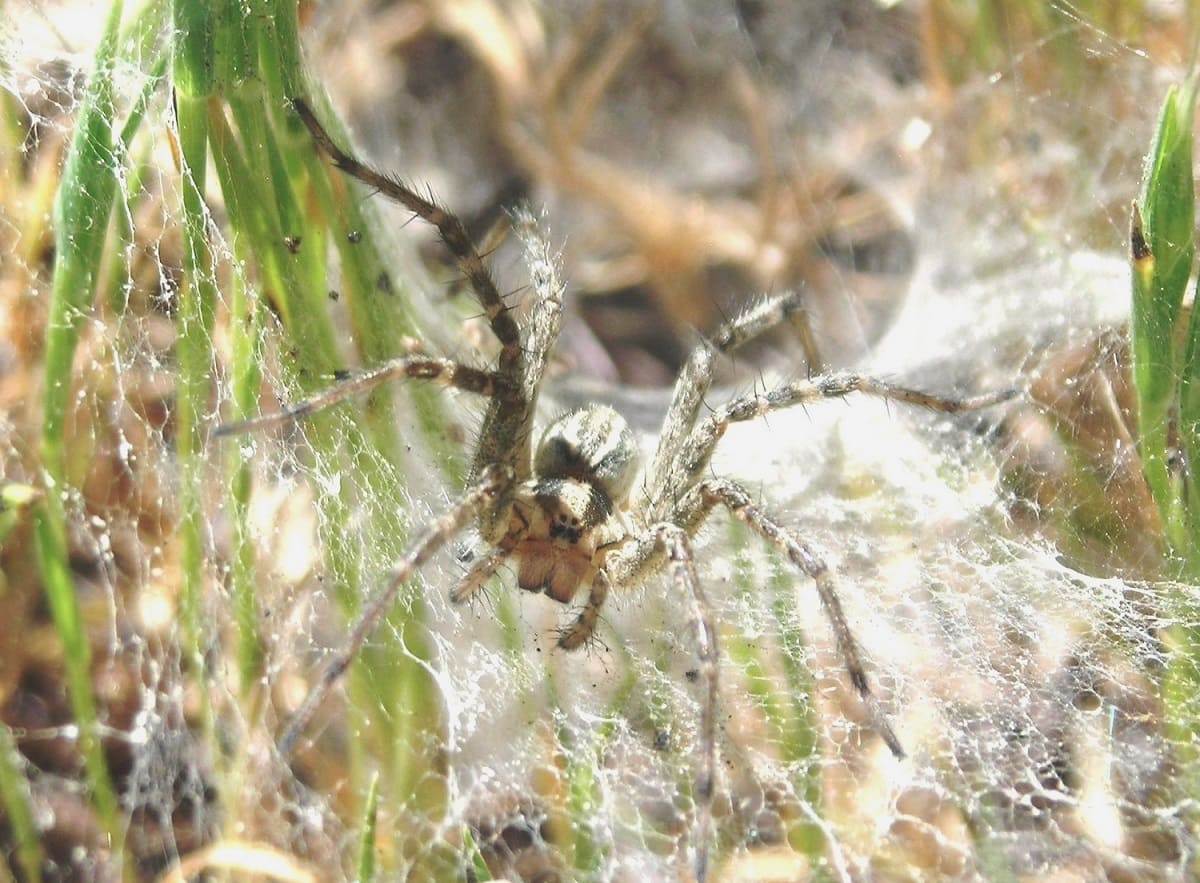
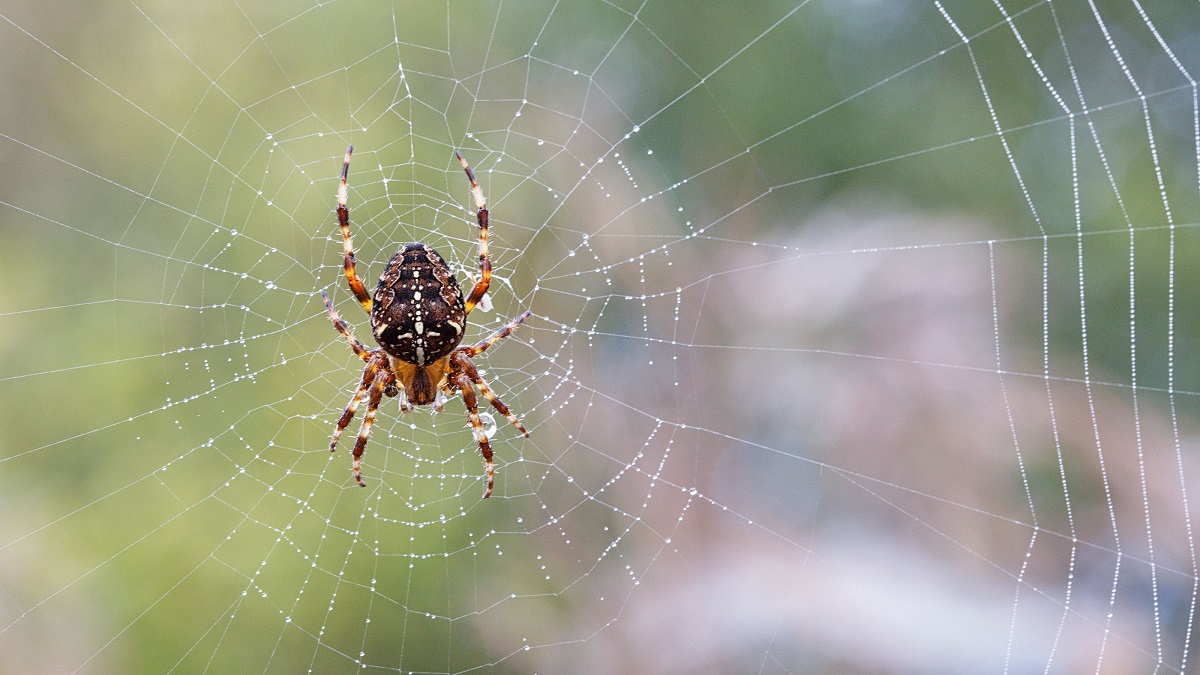
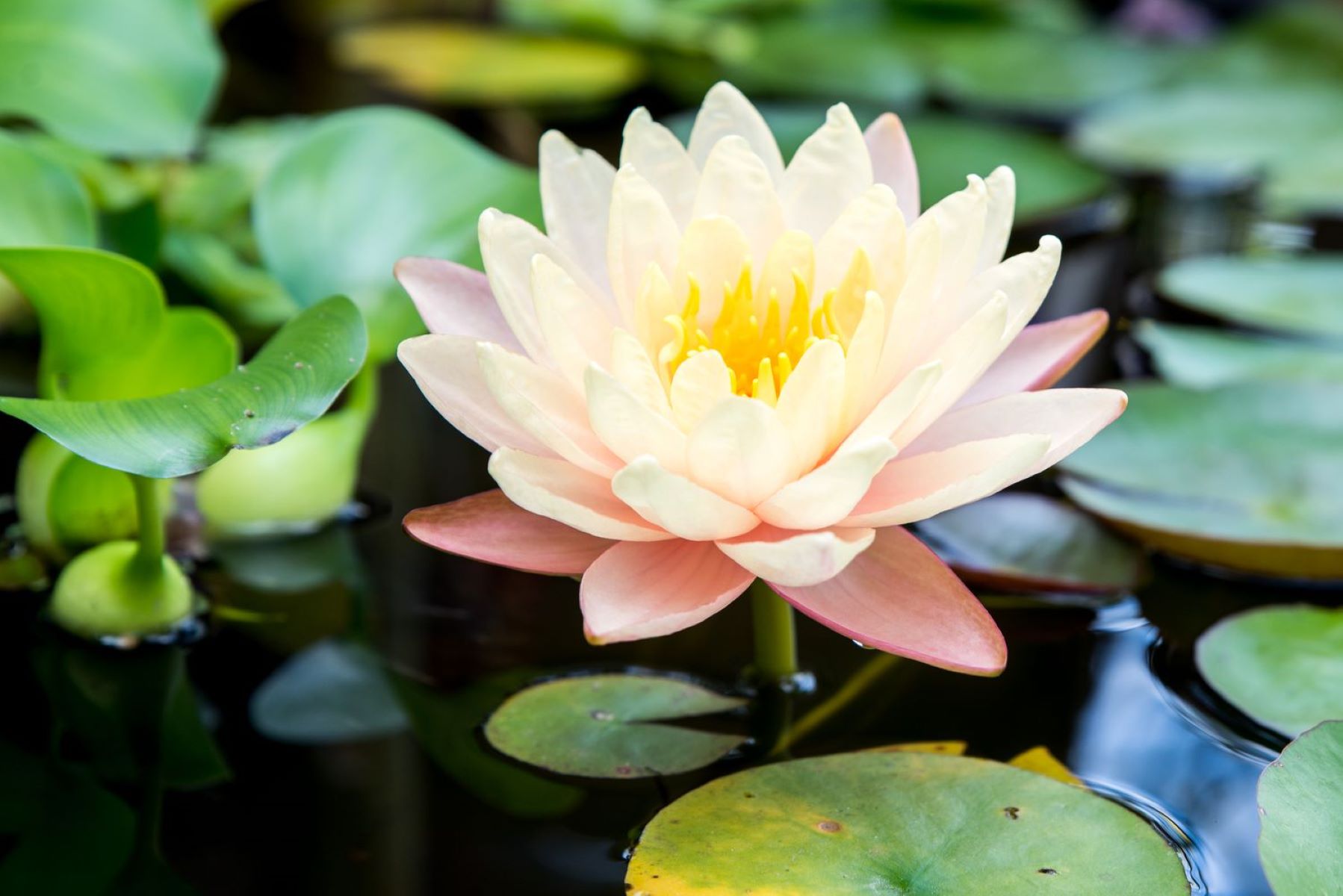
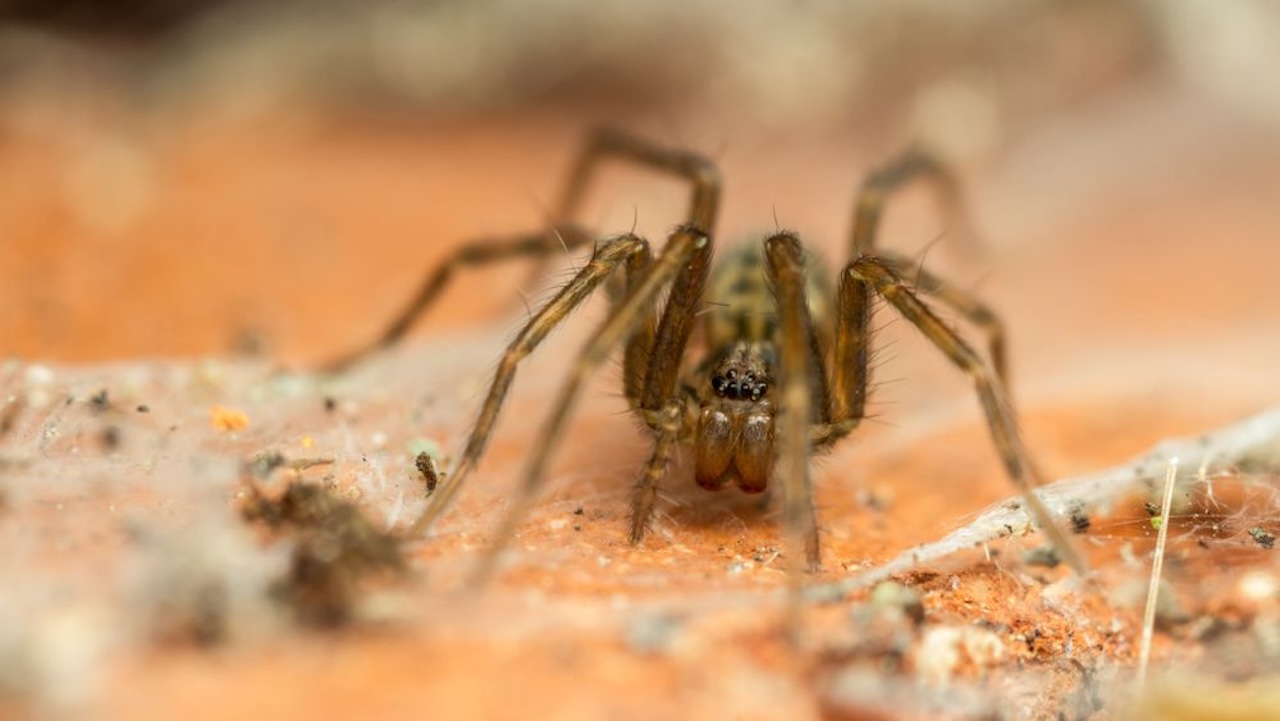
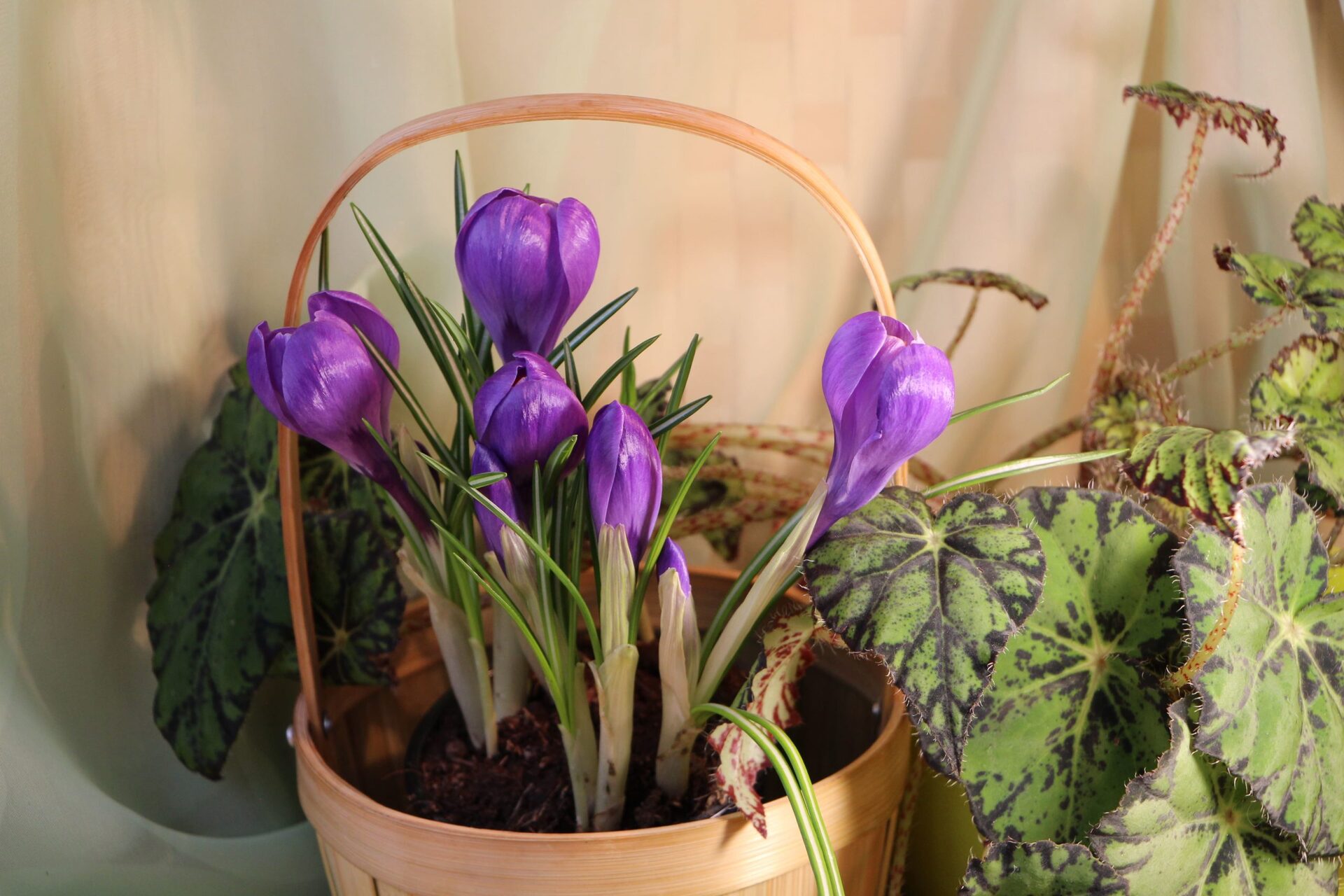

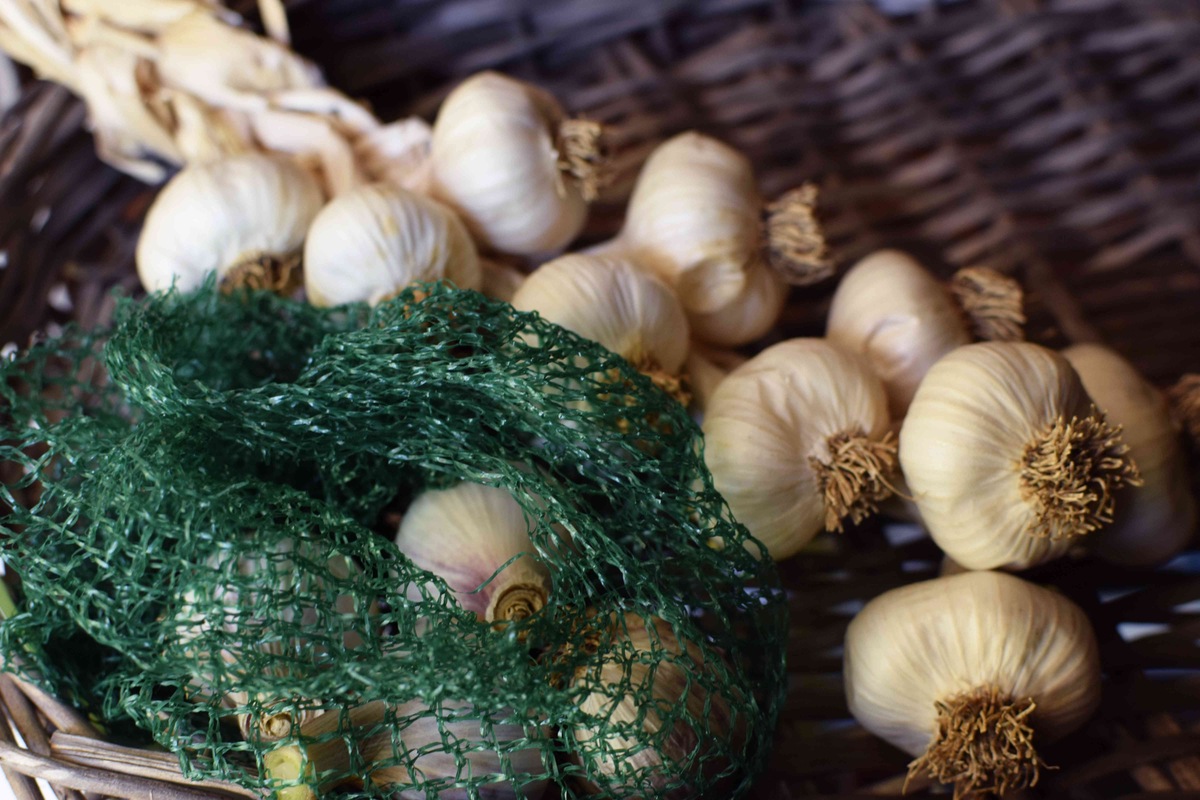
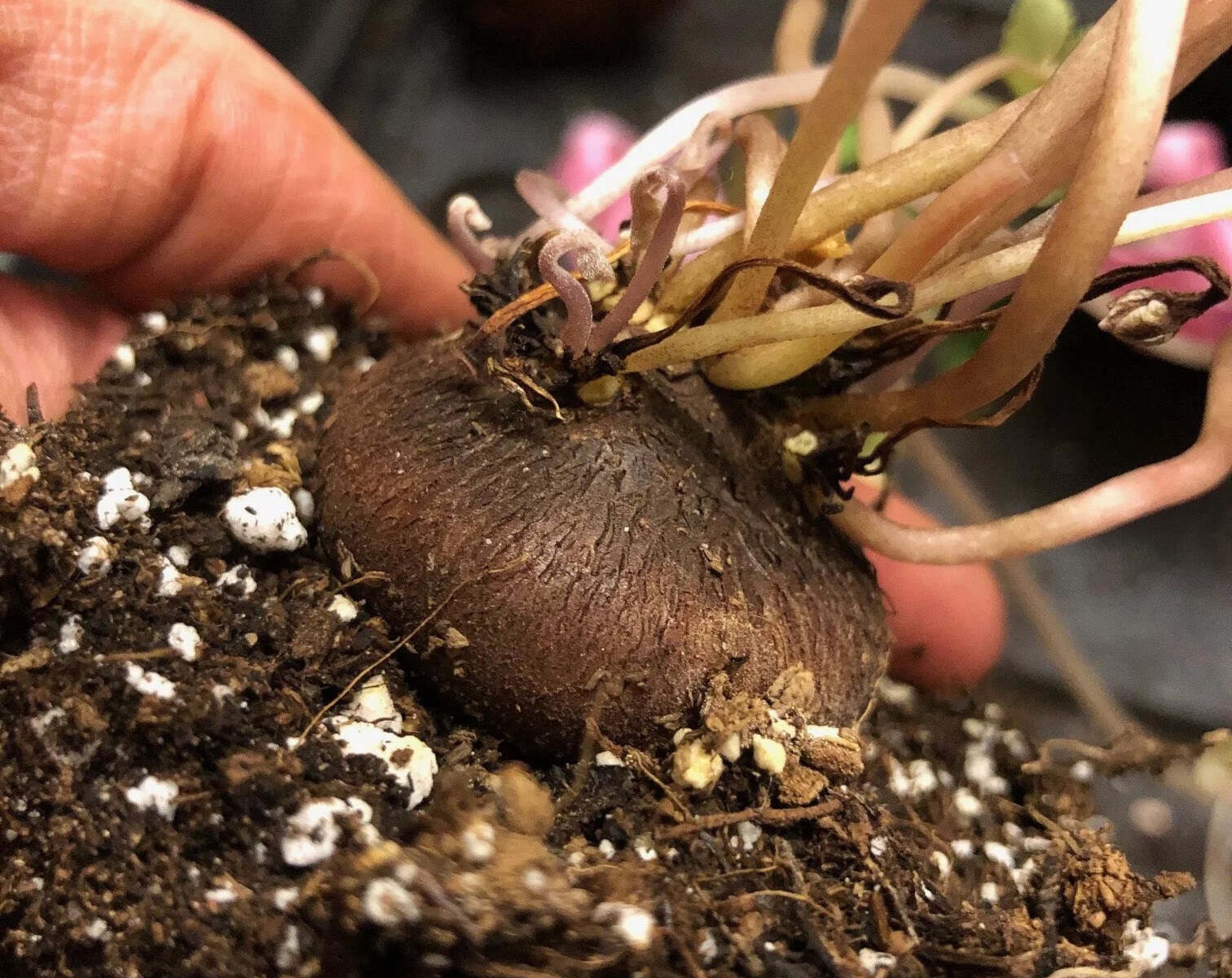
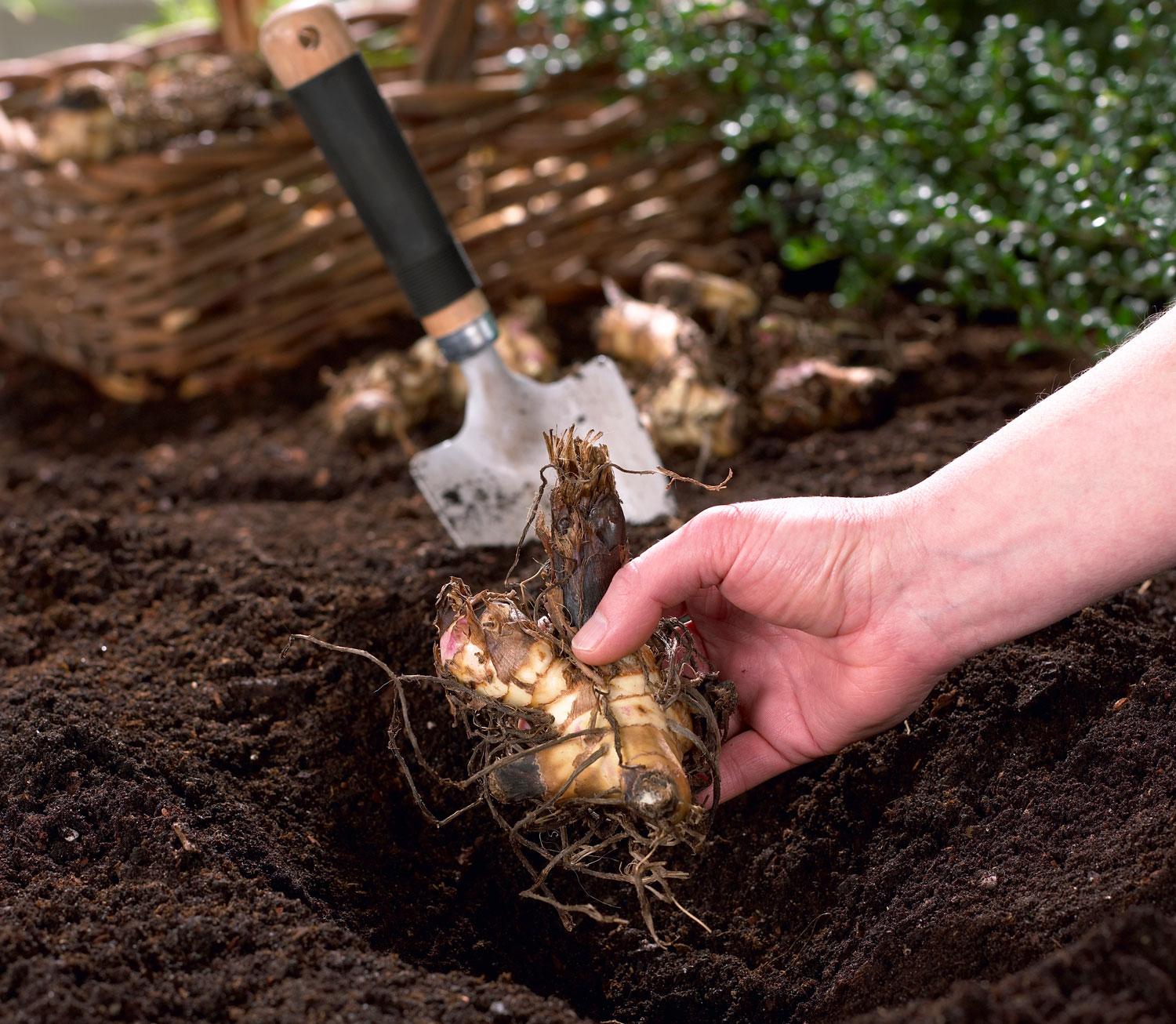

0 thoughts on “How To Store Spider Lily Bulbs”